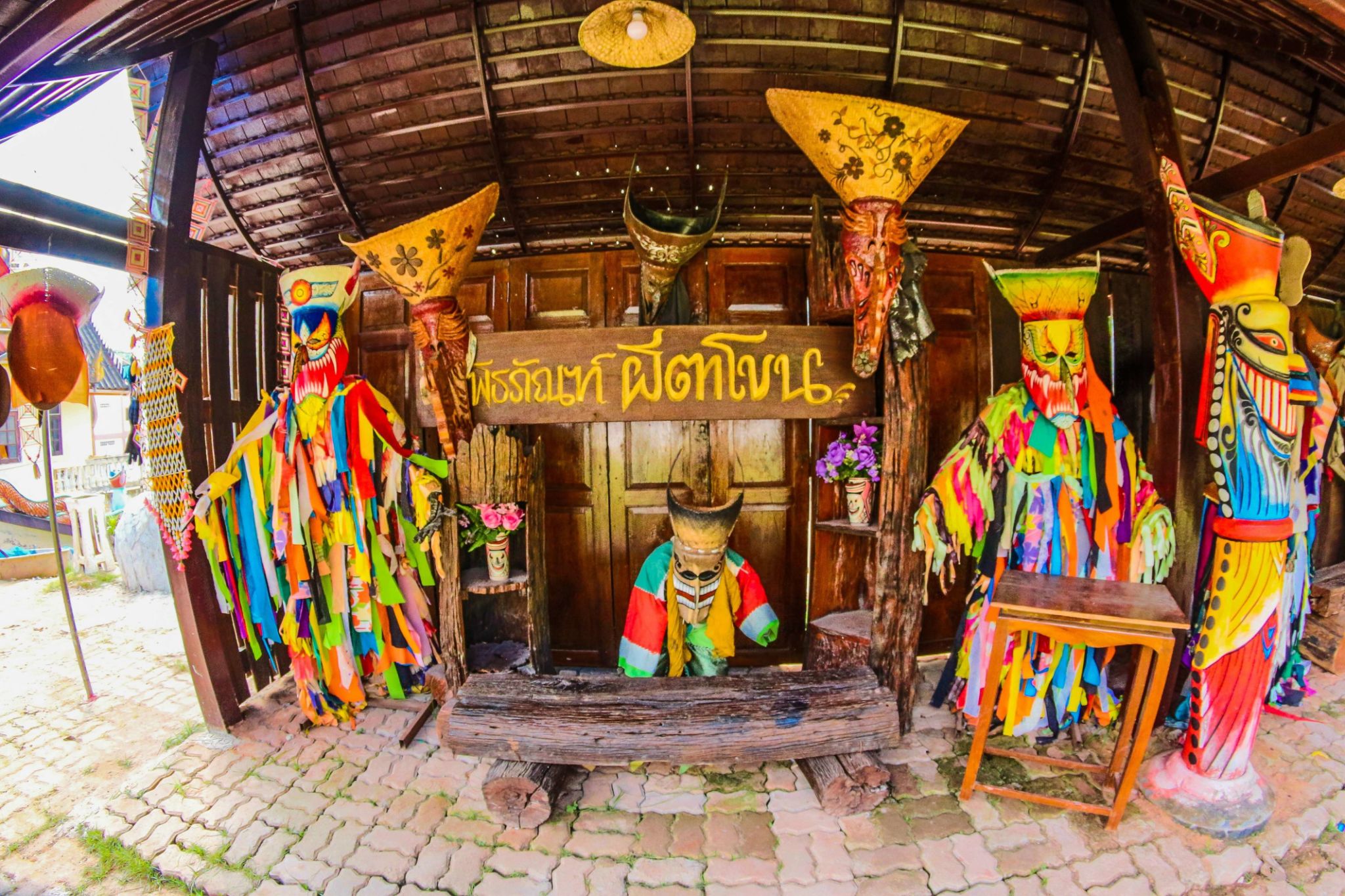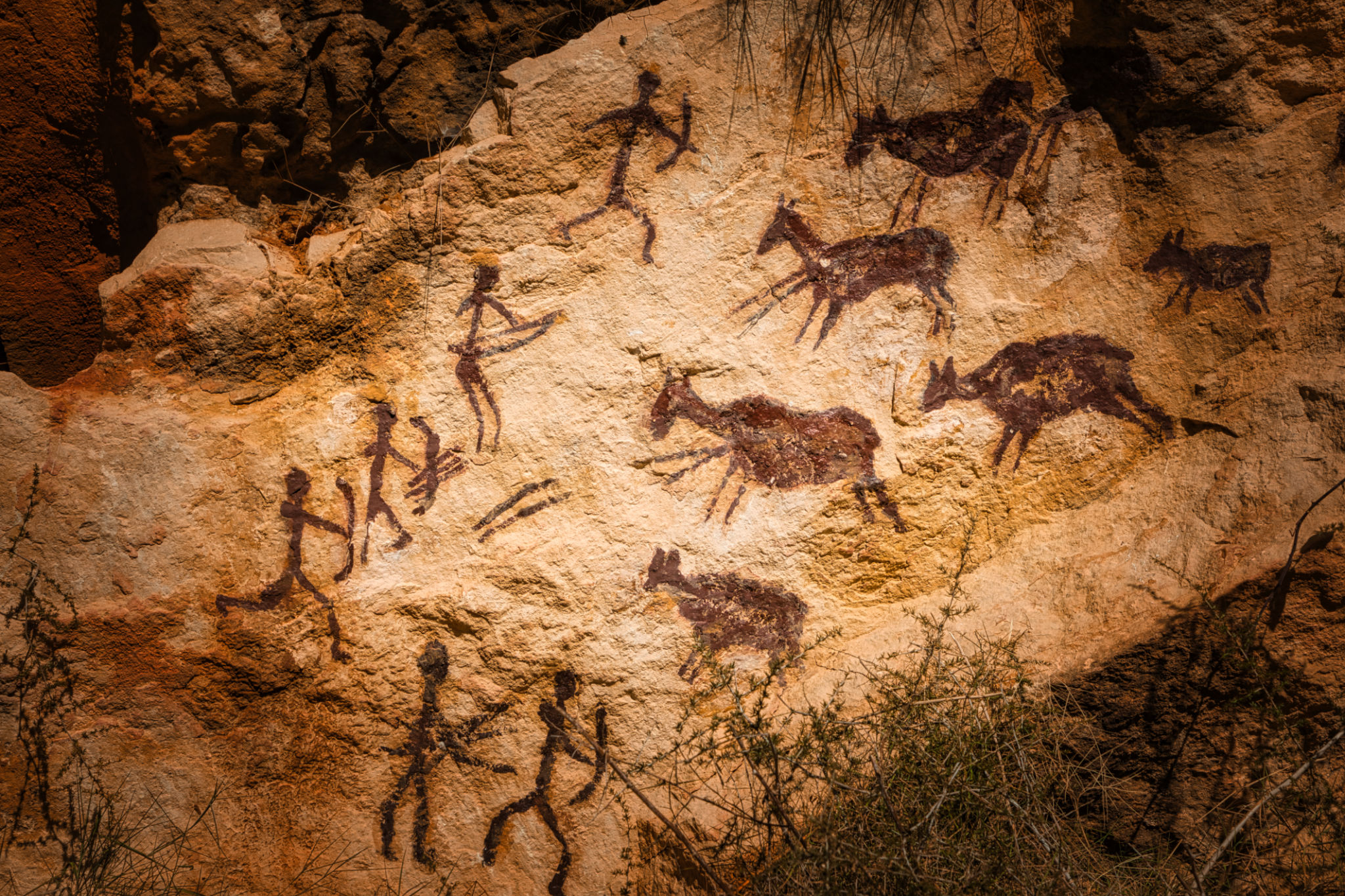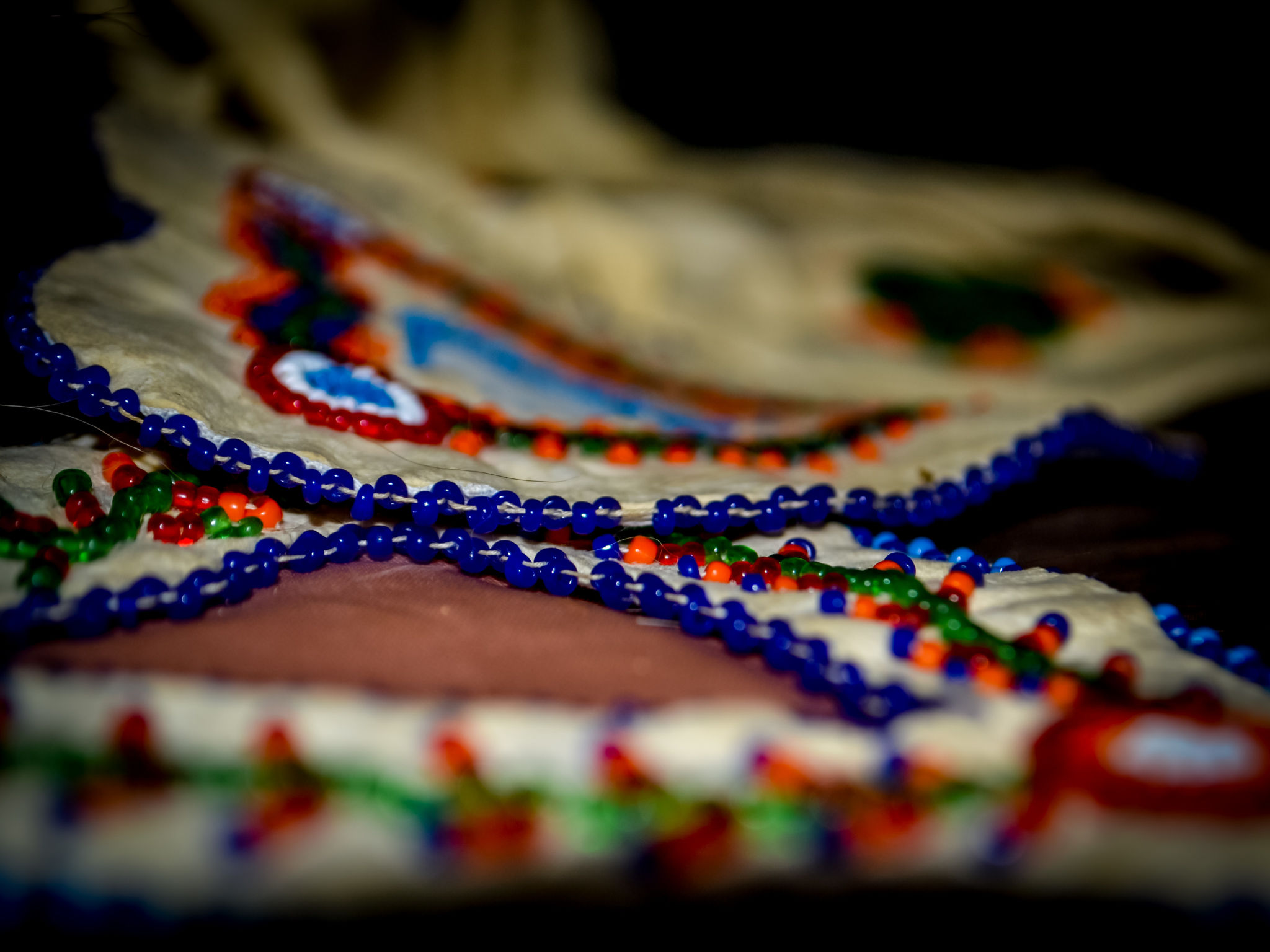Exploring the Rich Multicultural Heritage of Johannesburg's Khoe and San Communities
The Unique Identity of Johannesburg's Khoe and San Communities
Johannesburg, often known as the "City of Gold," is a melting pot of cultures and traditions. Among its diverse communities, the Khoe and San people stand out as indigenous groups with a rich historical tapestry. These communities are celebrated for their deep connection to the land and their unique cultural heritage that dates back thousands of years.
The Khoe and San communities have played a significant role in shaping the cultural landscape of Johannesburg. Their traditions and practices offer a glimpse into the city's ancient past, providing invaluable insights into the region's history and development. Despite facing numerous challenges over the years, these communities continue to preserve their identity and heritage through storytelling, art, and traditional practices.

Historical Background and Origins
The Khoe and San people, often collectively referred to as Khoisan, are among the oldest populations in Southern Africa. The San, or Bushmen, are known for their hunter-gatherer lifestyle, while the Khoe people traditionally practiced pastoralism. These communities have inhabited the region for millennia, leaving behind a legacy of rich rock art and oral traditions that narrate their history and beliefs.
Archaeological evidence suggests that the Khoe and San communities were among the first to inhabit the southern parts of Africa. Their languages, distinct from Bantu languages, are characterized by unique click sounds, further emphasizing their distinct identity. This linguistic diversity is an essential aspect of their cultural heritage.

Preservation of Culture Through Art
One of the most prominent ways the Khoe and San communities preserve their heritage is through art. Rock paintings and engravings found across Southern Africa serve as testimonies to their artistic prowess and spiritual beliefs. These artworks depict scenes from daily life, hunting expeditions, and spiritual rituals, offering a window into their world.
In modern times, contemporary artists from these communities continue to draw inspiration from their ancestors. They blend traditional techniques with modern styles to create works that resonate globally. By doing so, they not only preserve their cultural identity but also share it with the world.

Cultural Practices and Traditions
The Khoe and San communities have a rich tapestry of cultural practices that are integral to their identity. Traditional music, dance, and storytelling are central to their way of life. These practices serve as a means of passing down knowledge and values from one generation to the next.
Storytelling, in particular, is a revered tradition among these communities. Elders recount tales of creation, moral lessons, and histories that keep their culture alive. Music and dance often accompany these stories, creating a vibrant tapestry of sound and movement that captivates audiences.

Challenges and Resilience
Despite their rich heritage, the Khoe and San communities face numerous challenges. Issues such as land rights, cultural assimilation, and economic marginalization threaten their way of life. However, these communities have shown remarkable resilience in the face of adversity.
Efforts to reclaim land and rights have gained momentum in recent years, with community leaders advocating for recognition and preservation of their cultural heritage. Organizations and initiatives are working tirelessly to support these communities in maintaining their unique identity amid modern pressures.
A Future Rooted in Heritage
As Johannesburg continues to evolve as a vibrant multicultural hub, the Khoe and San communities remain an integral part of its rich tapestry. Their contributions to the city's cultural landscape are invaluable, offering a unique perspective on history and identity.
By exploring and celebrating the heritage of the Khoe and San communities, we can foster a deeper understanding and appreciation of Johannesburg's diverse cultural landscape. It is essential to support efforts that preserve this heritage for future generations, ensuring that these ancient voices continue to be heard in the modern world.